In the digital age, few objects are as simultaneously invisible and essential as the keyboard. We use them daily without a second thought tapping away on QWERTY layouts that haven’t changed much in over a century. Yet, in the hands of imaginative designers, the humble keyboard becomes a playground for innovation, absurdity, and even satire. From conceptual art pieces to serious rethinks of inclusive accessibility, these devices challenge the boundaries between functionality and experimentation.
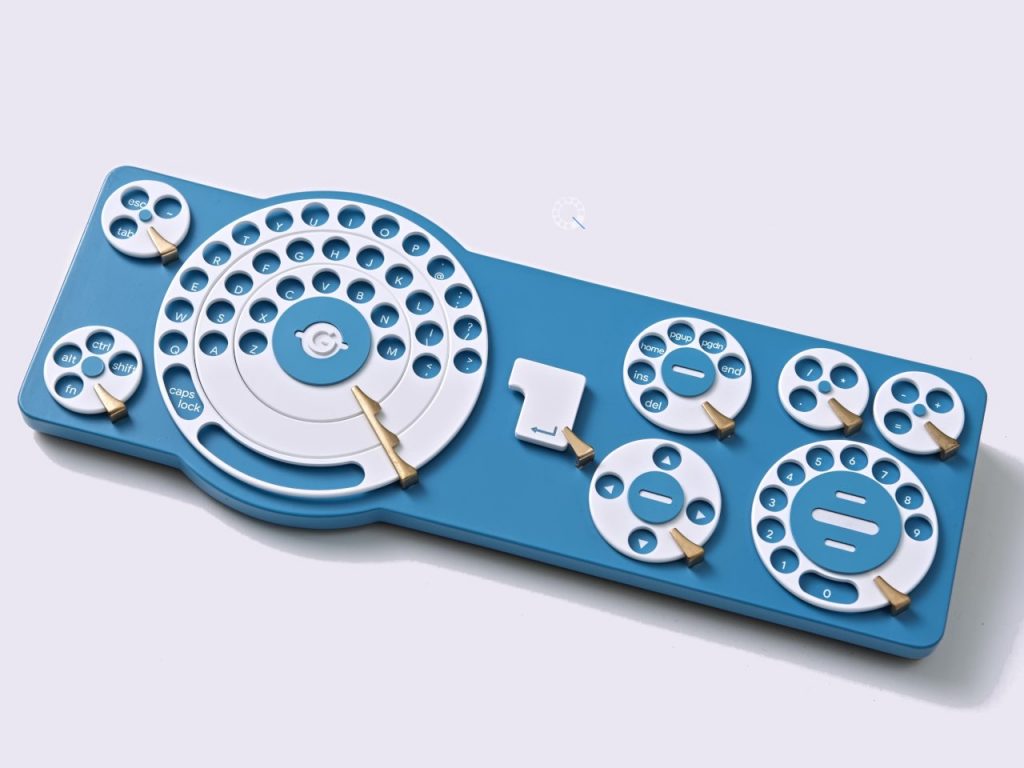
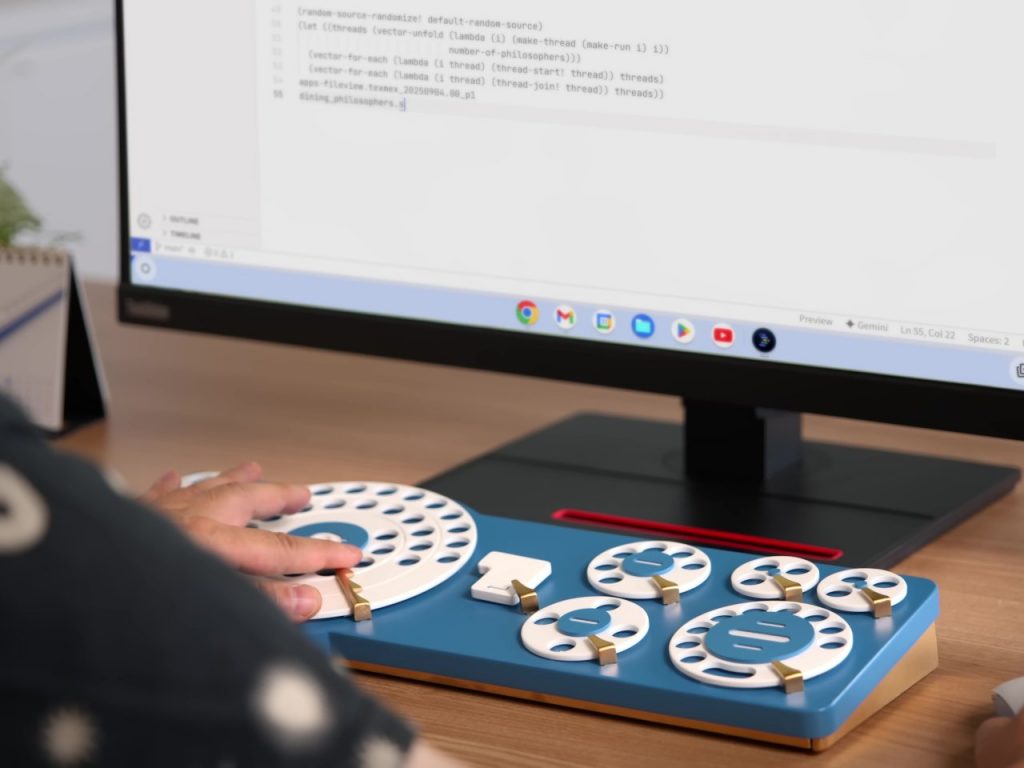
Google Japan’s Gboard Dial Version (also header image)
Sometimes the most effective design innovations are the ones that don’t take themselves too seriously. Google Japan’s Gboard Dial Version is a rotary-dial keyboard that’s equal parts retro phone, modern tech joke, and oddly compelling design statement. Revealed on October 1st, which is a nod to the “101-key” keyboard standard, this delightfully absurd concept replaces traditional key pressing with circular rotation. Users are supposed to select characters by turning a multi-layered dial, evoking the tactile satisfaction of old rotary phones with a self-aware wink.
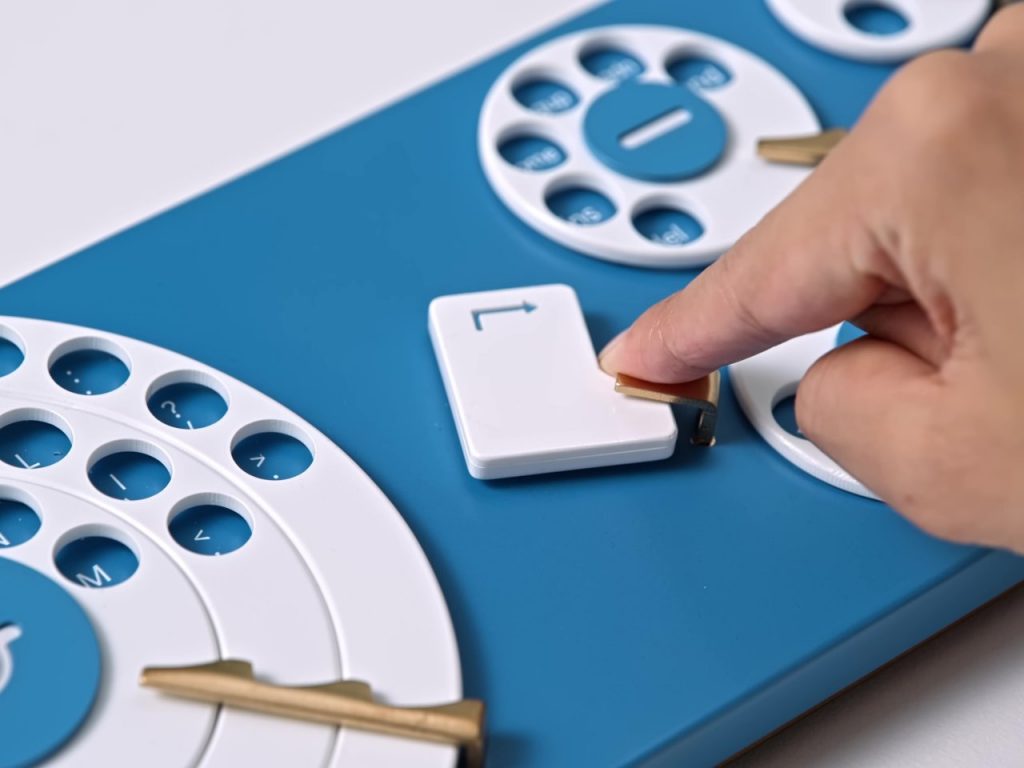
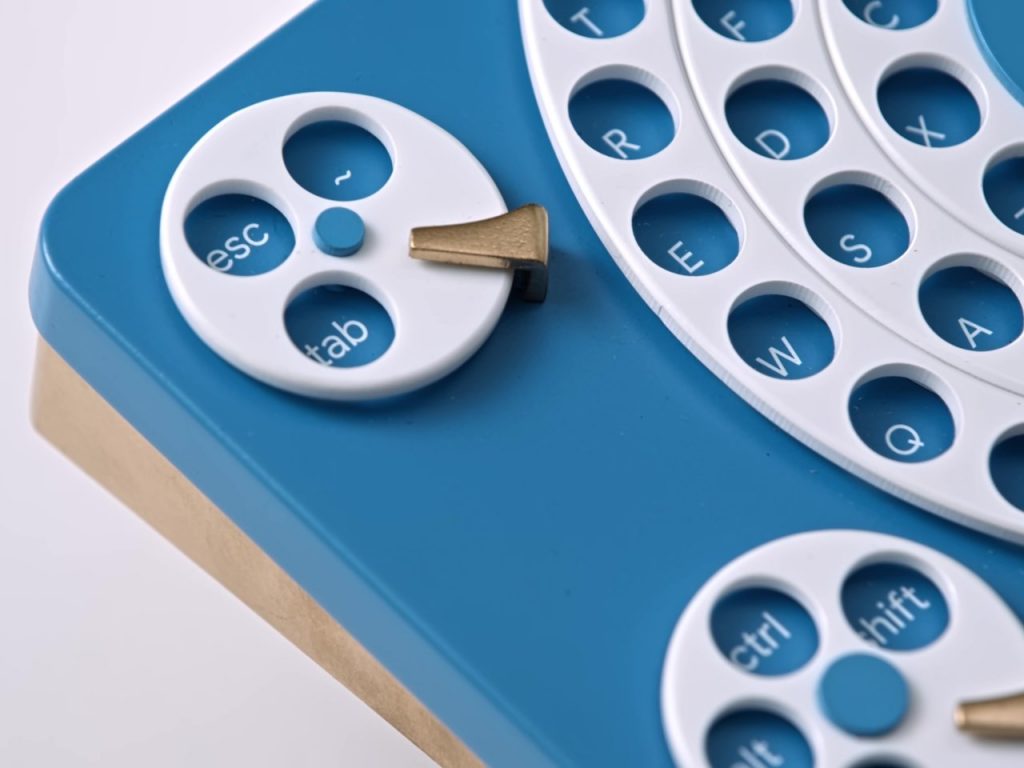
Google Japan’s Gboard Dial Version
At its core, the Gboard Dial reminds us that not all design needs to be serious. With mock marketing speak touting “three times faster input” and “calmer thinking,” the project pokes fun at both nostalgia and the over-engineering that often accompanies new tech. The device features sound effects, color variants, and even a Hold Module that plays music box melodies during video calls. Every detail is finely tuned for comedic effect, while still exhibiting an impressive level of craftsmanship.
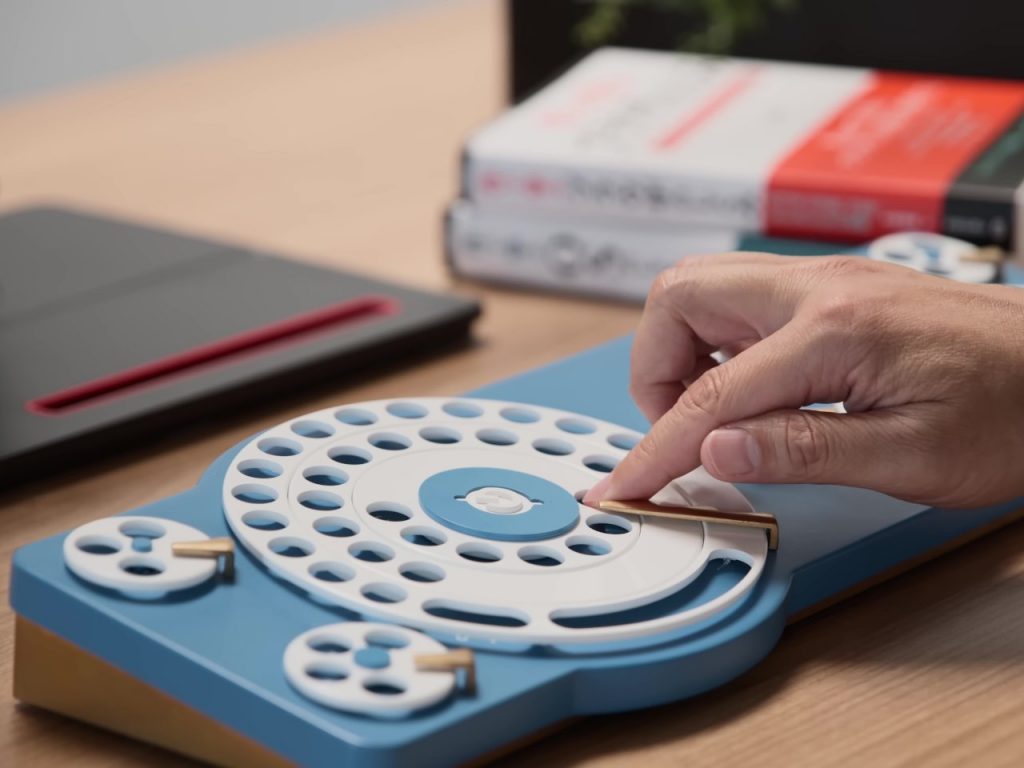
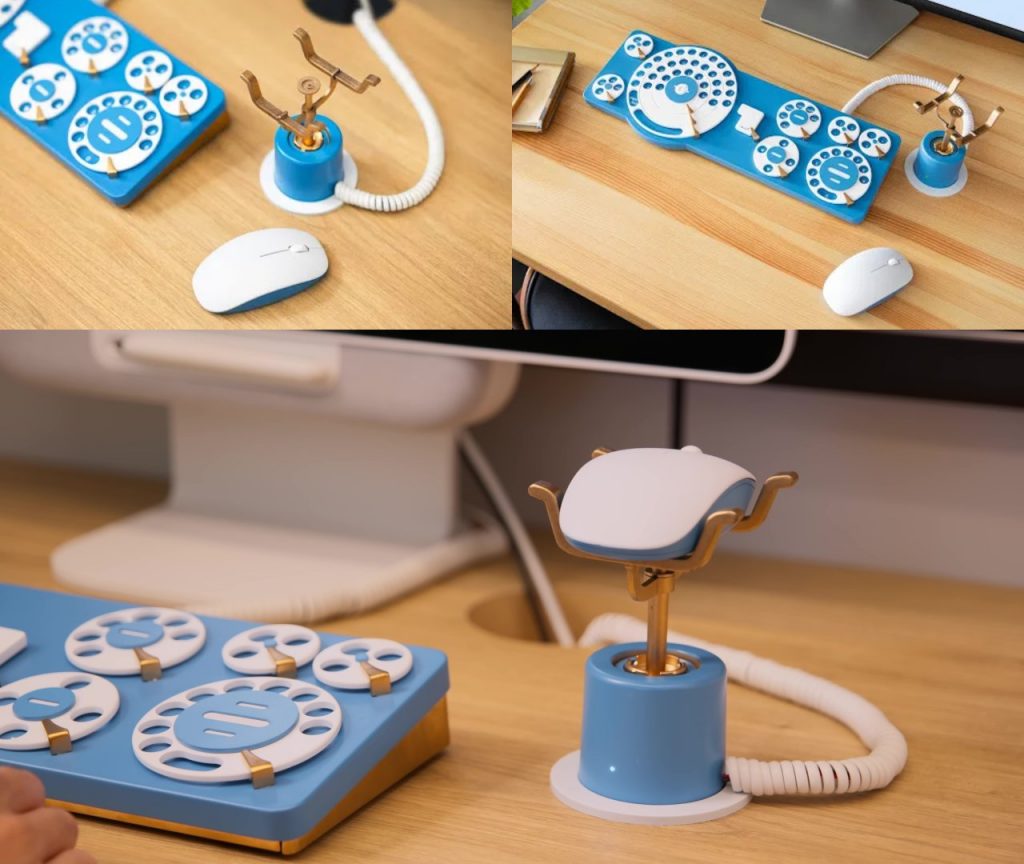
Google Japan’s Gboard Dial Version
Beyond the parody, Google Japan has gone the extra mile by open-sourcing the design. Anyone interested can download the schematics and build their own rotary keyboard. This twist elevates the project from clever joke to collaborative experiment, encouraging playful exploration among tech enthusiasts and makers.
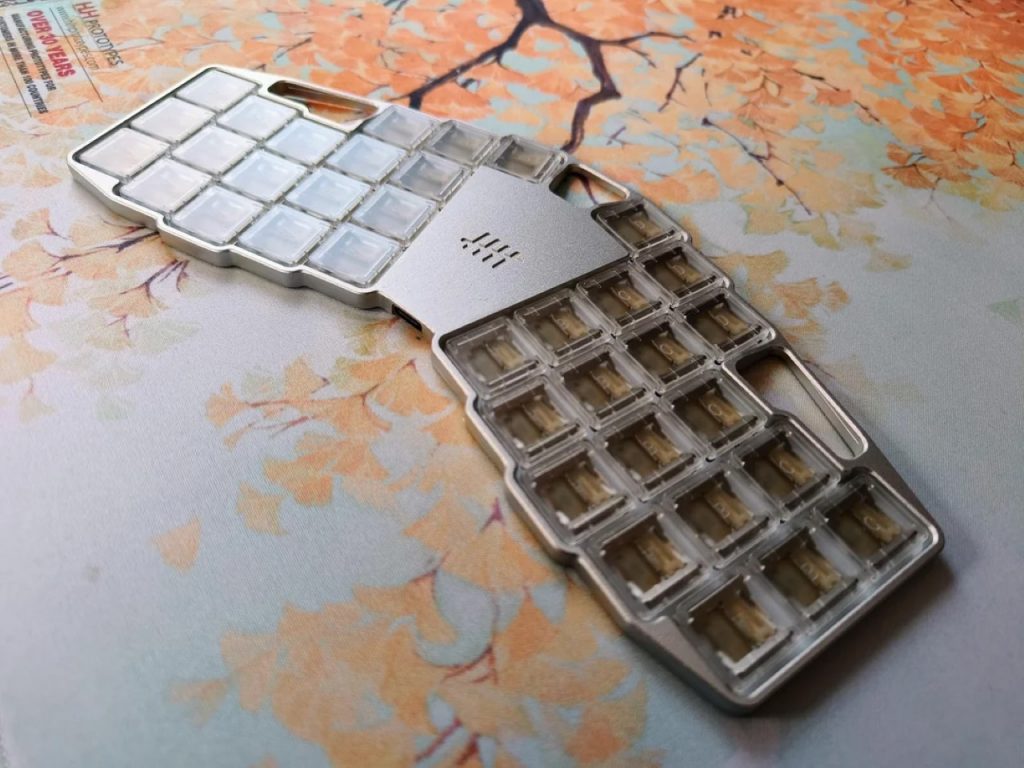
mikefive by Mike Hölscher
If the Gboard Dial is a celebration of impracticality, the mikefive keyboard is its ultra-precise opposite. Designed and hand-built by Mike Hölscher, an industrial product designer who goes by dynam1keNL online, the mikefive is an almost impossibly thin mechanical keyboard measuring just 8 millimeters at its thickest point. That’s 37% slimmer than Apple’s Magic Keyboard—and somehow, it still manages to deliver 1.8mm of mechanical key travel, full wireless connectivity, and a chassis that looks like it belongs on the bridge of a sci-fi battleship.
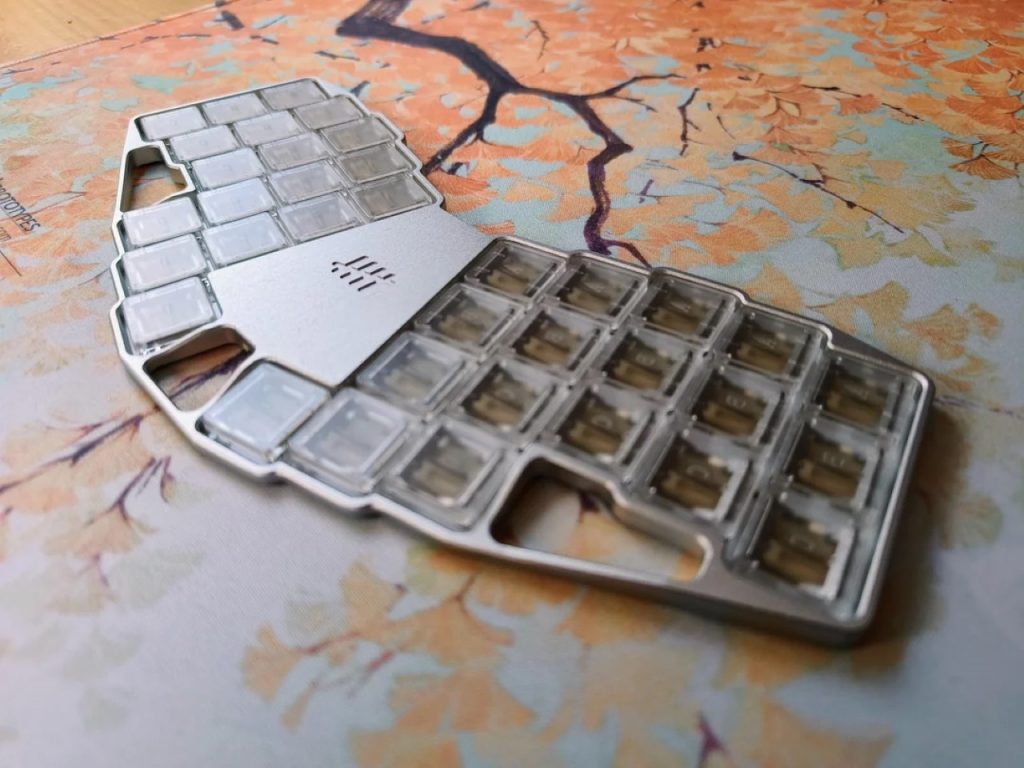
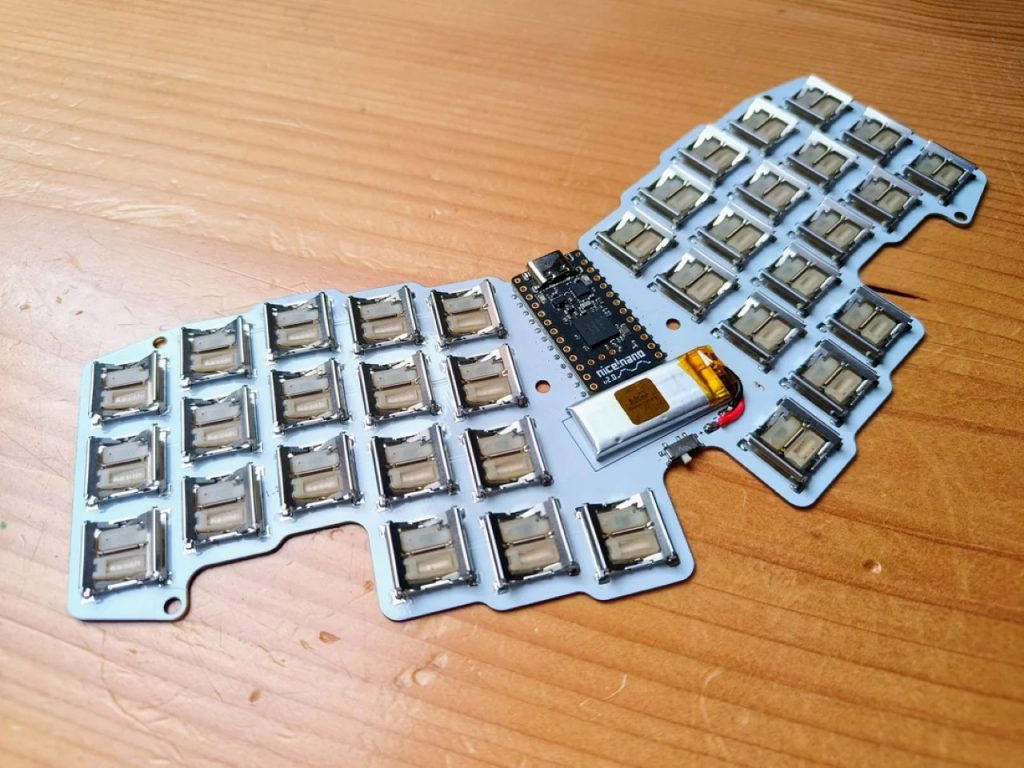
mikefive by Mike Hölscher
The core of the design revolves around Kailh PG1316 switches—ultra-low-profile mechanical switches with a surprisingly assertive tactile bump. These rare components are mounted directly to a flush PCB with no pins poking through, enabling the entire body to maintain its astonishing thinness. The deign boasts the custom-milled aluminum body, transparent square keycaps, and stealthy internal layout.
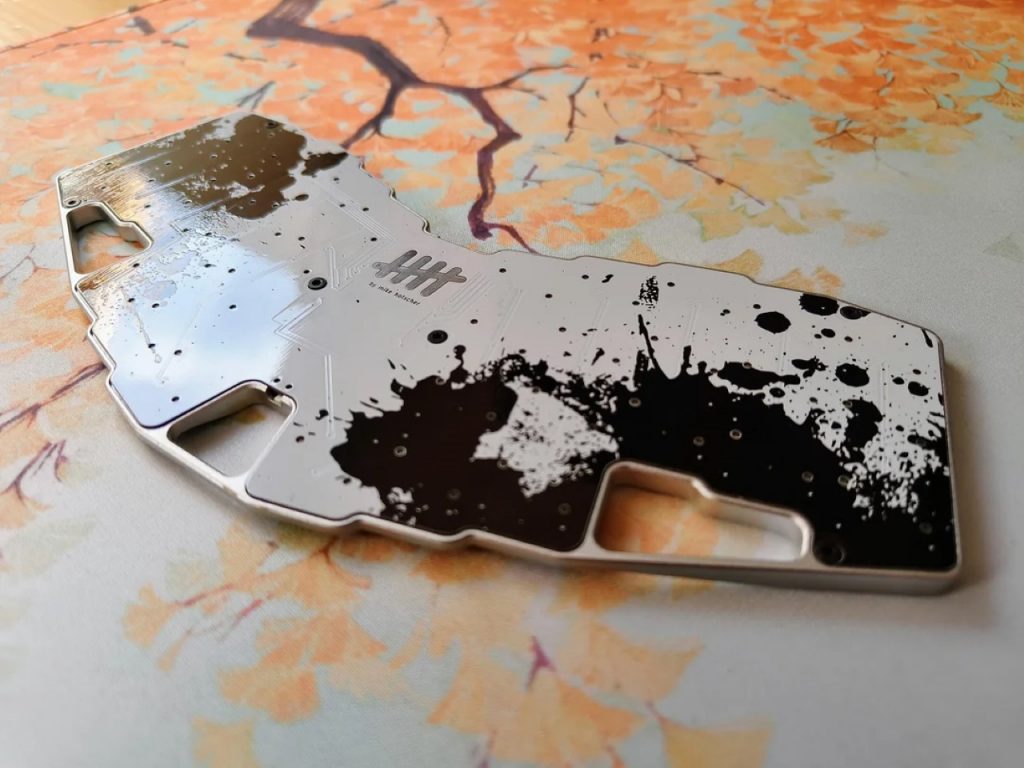
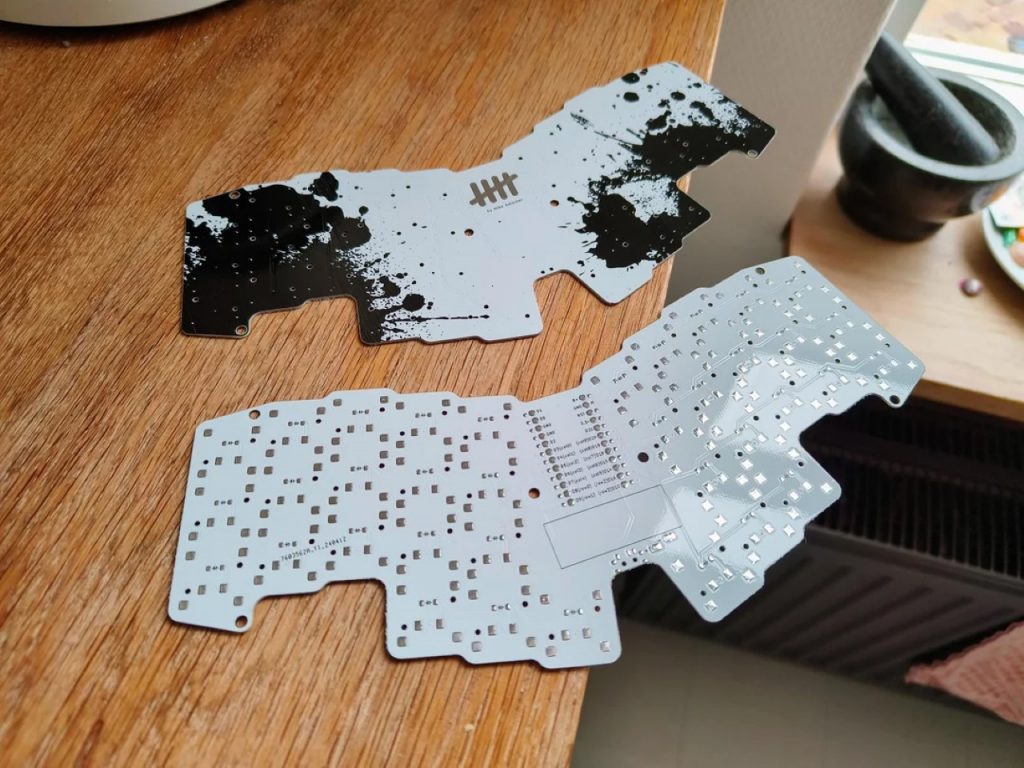
mikefive by Mike Hölscher
Hölscher built the mikefive from scratch. The Bluetooth connectivity, powered by a nicenano v2, works seamlessly despite the all-metal enclosure—thanks to clever antenna placement and the careful removal of ground planes near the module. Even the ergonomics are considered: the keyboard is split and angled at 15 degrees on each side for a total 30-degree tilt, and subtle cuts near the thumb cluster improve comfort without compromising the minimal form.

OnCue Keyboard by Alessandra Galli
While some keyboard concepts challenge expectations through humor or sleek engineering, the OnCue Keyboard by Italian designer Alessandra Galli does something even more meaningful: it reimagines what digital tools can look like when they’re built for people who are too often overlooked. Specifically designed for individuals with Parkinson’s disease, OnCue makes typing more accessible without sacrificing aesthetics or dignity.
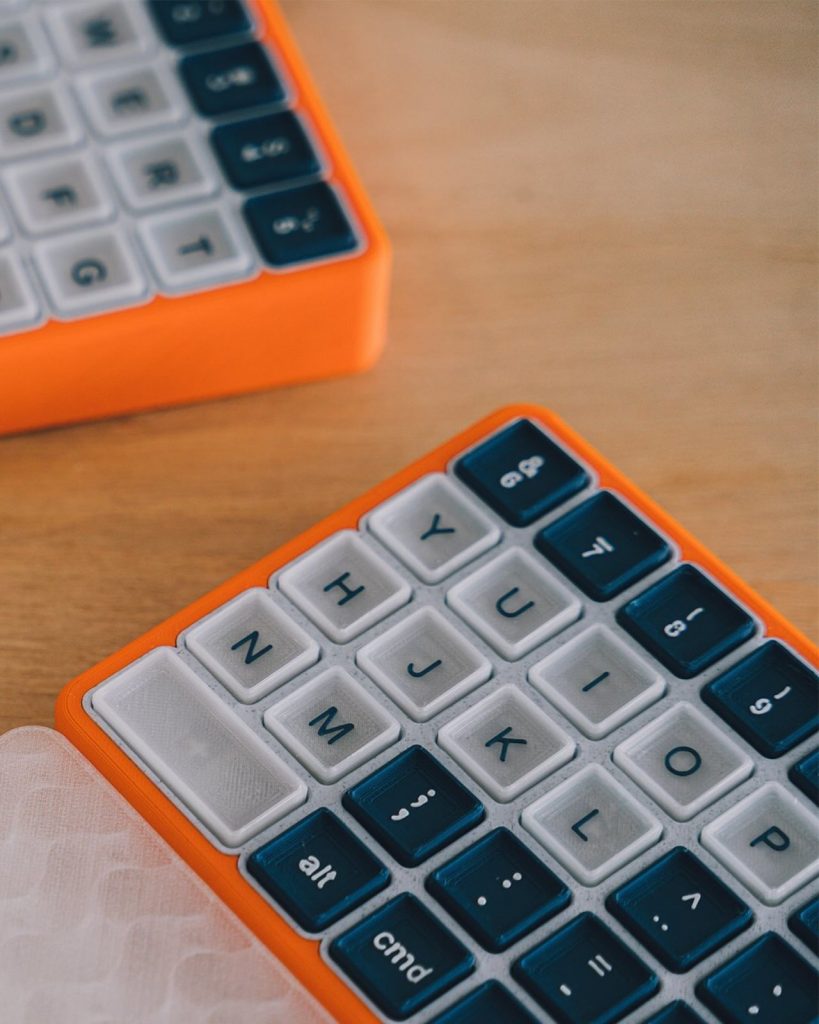
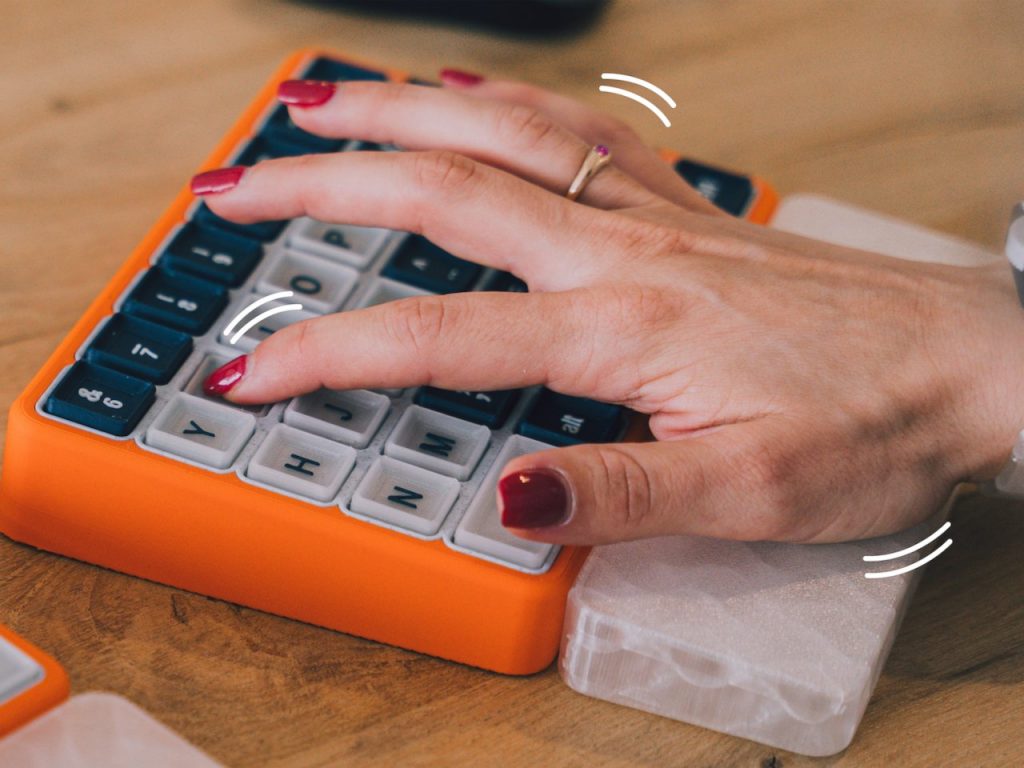
OnCue Keyboard by Alessandra Galli
At first glance, OnCue doesn’t look like a “medical device”. Its playful, minimalist form fits naturally into a modern workspace, free of the clunky design cues that often stigmatize assistive technology. Its modular keys can be spaced out to suit each user’s needs, while their larger, concave shapes help reduce errors caused by tremors or inconsistent hand control. Every element is designed to provide clarity, control, and comfort.

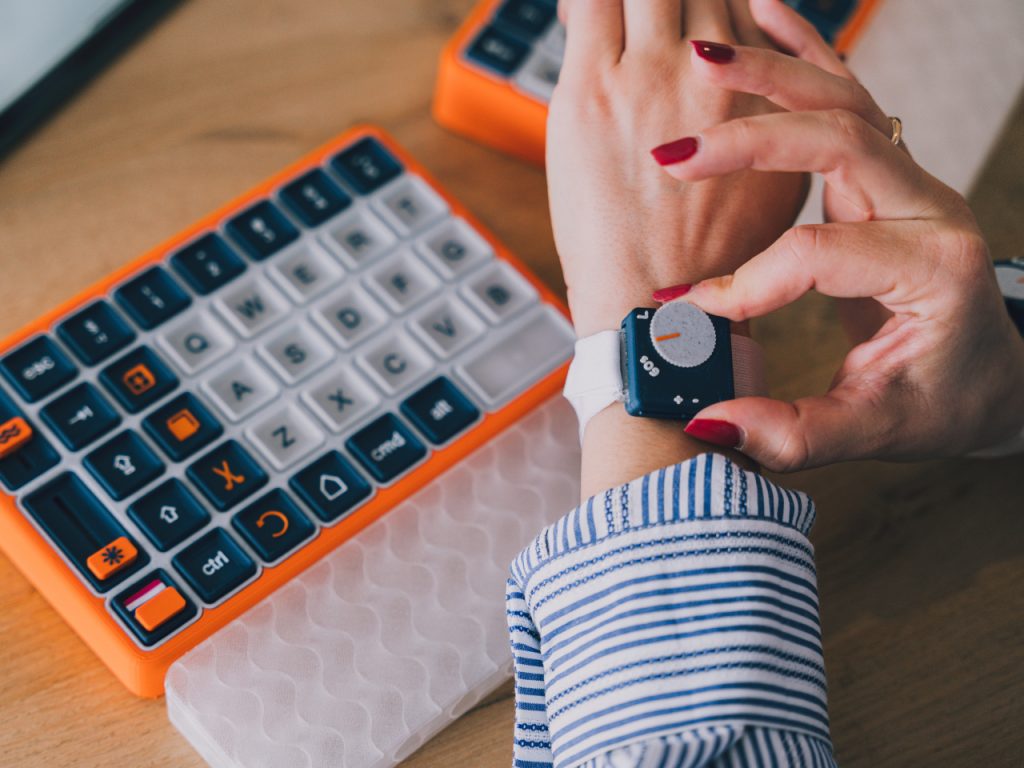
OnCue Keyboard by Alessandra Galli
But the innovation goes beyond hardware. OnCue includes wearable cuffs that provide subtle haptic vibrations and visual cues to prompt action. These reminders help trigger movement – a challenge for people with Parkinson’s who may struggle with initiation. The cues are adjustable, discreet, and empowering, letting users tailor the experience to their own rhythms and preferences.
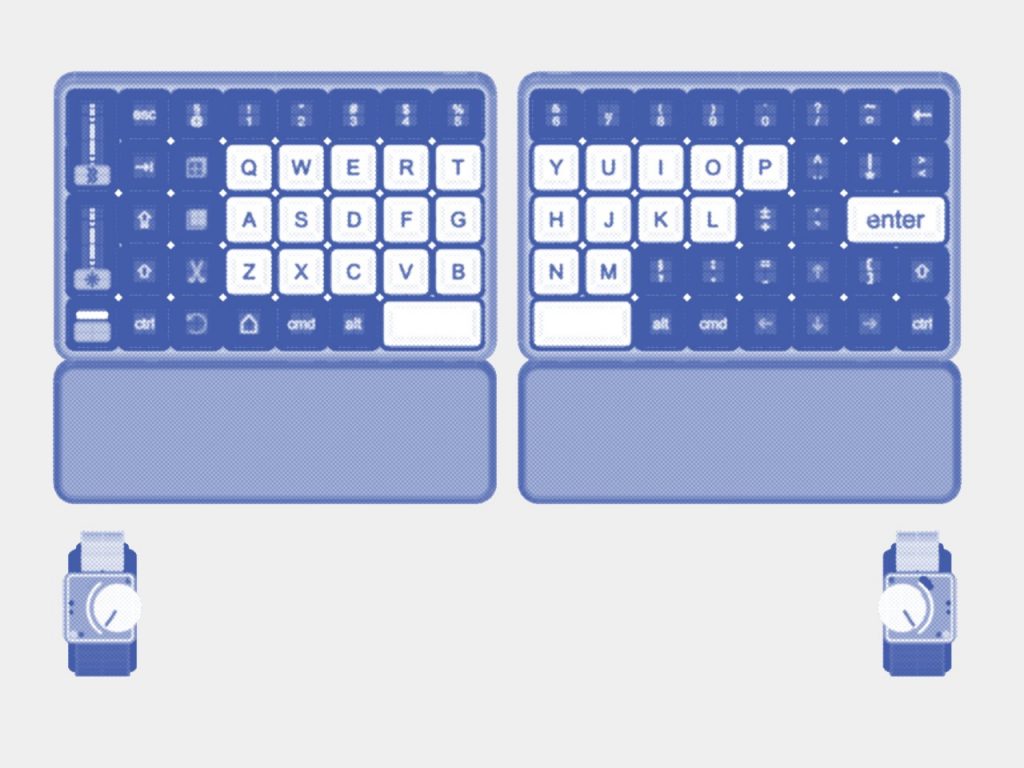
OnCue Keyboard by Alessandra Galli
While clearly a win for those with mobility challenges, OnCue’s flexible design ethos has broader appeal. Anyone dealing with arthritis, recovering from injury, or even just looking for a more mindful typing experience could benefit.